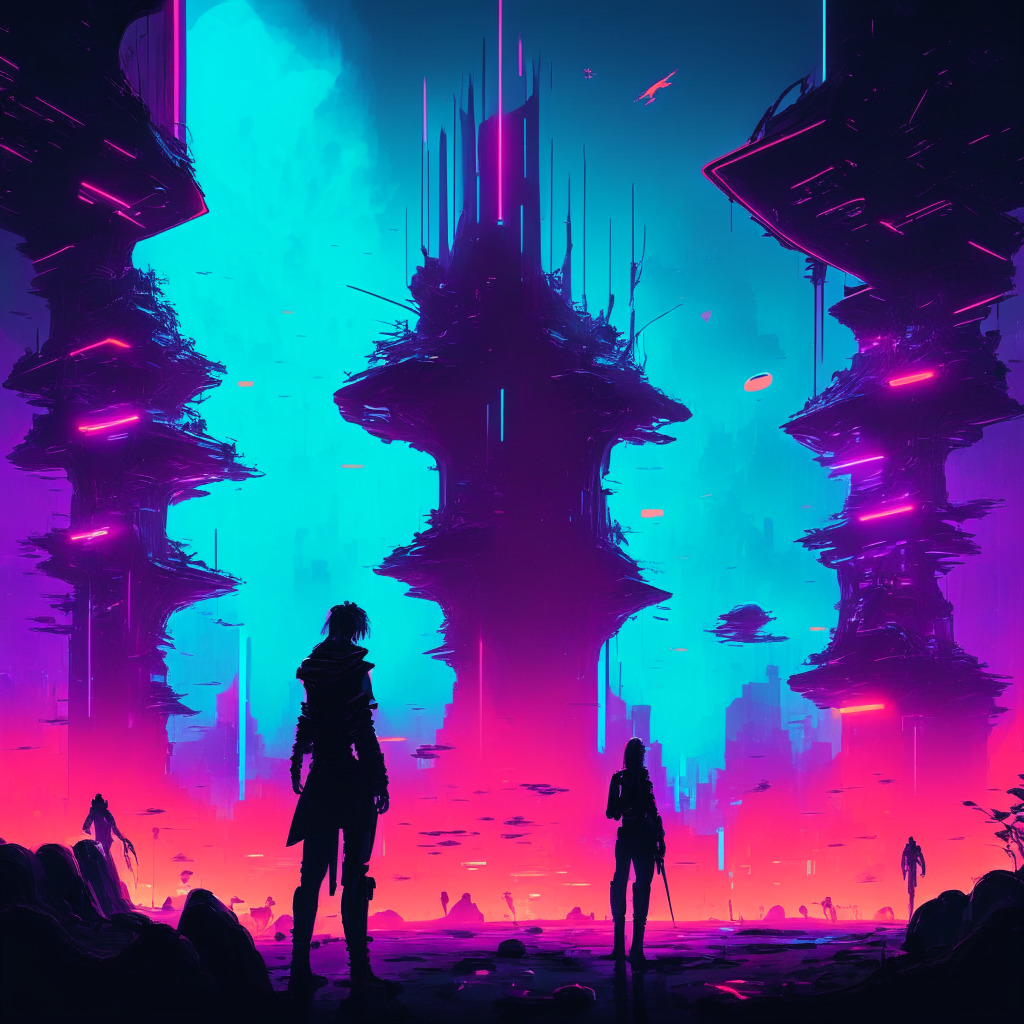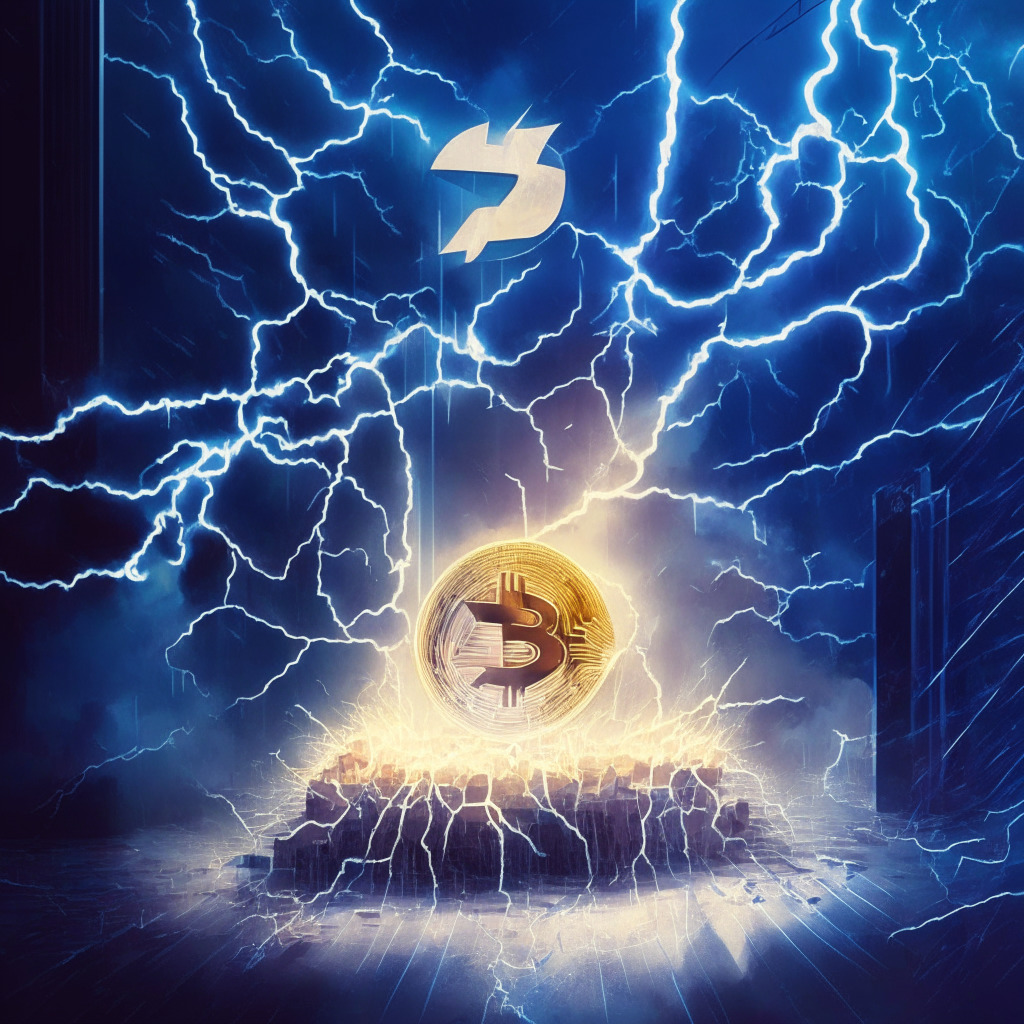In response to the profound progress witnessed across the gaming industry, much speculation has centered around how blockchain technology, the key linchpin to the crypto industry and Web3, could further fuel this expansion. The potential incorporation of cutting-edge blockchain elements offers an interesting prism through which we can view the future of gaming — a new, exciting GameFi sector where the lines between blockchain users and gamers become increasingly blurred.
Yet, integrating blockchain into the gaming world has proven to be a tough nut to crack. Even the most tech-savvy gaming studios have found the process challenging and venturing into the unfamiliar territory of blockchain daunting. For the uninitiated gamers, an undertone of frustration has become discernible. Many current offerings in so-called ‘blockchain games’ appear merely as speculative investments under the veneer of game mechanics, rather than full-fledged, satisfying gaming experiences.
Almost in the background, however, less-known “real games” built on blockchain have been quietly evolving. Optimists believe that they could be the keys to unlocking mass adoption of blockchain gaming. The general consensus is that future models should focus less on leveraging blockchain for speculative motives, and more on building stellar games that leverage the unique features of the technology.
One prime instance includes the prevalent use of Non-Fungible Tokens (NFTs). Critics suggest that these tokens, while conferring ownership and creating economies within virtual worlds, have inadvertently erected walls between traditional gamers and Web3 gaming. Concealed behind the frontend, they could potentially ease the entry for traditional gamers into the world of blockchain.
Meanwhile, a pertinent issue remains the financial implications of blockchain games. Traditional games are more often than not free at the point of entry, while most blockchain games demand upfront investments, adding another layer of exclusion for non-finance motivated players. Should the Web3 gaming sphere aspires to reach the pinnacle of mass adoption, inclusivity for both financially motivated gamers and those who simply seek enjoyment is a must. Perhaps, by involving players in the game creation process, a stronger sense of ownership and commitment to the game could be fostered.
Thus, as it stands, the existing gaming ecosystem, while closed, functions quite decently. Yet, the potential it could unlock once the limitations of the current system (Web2) are realized is immense. As we inch closer to each technological breakthrough, the vision for a holistic adoption of Web3 gaming that caters to all players becomes clearer. In navigating future gaming landscapes, a balancing act between the traditional and the new, the financial and the fun, will be critical. It appears a revamp of our current gaming principles in the mold of Web3 may not be as dystopian as it initially sounds.
What unfolds in this arena over the next few years will undoubtedly define what gaming, in essence, will look like. Whether this synthesis of gaming and blockchain is practicable and desirable will perhaps be discerned best in hindsight. Until then, buckle up and enjoy this thrilling ride into an exciting new era in digital entertainment.
Source: Cryptonews




